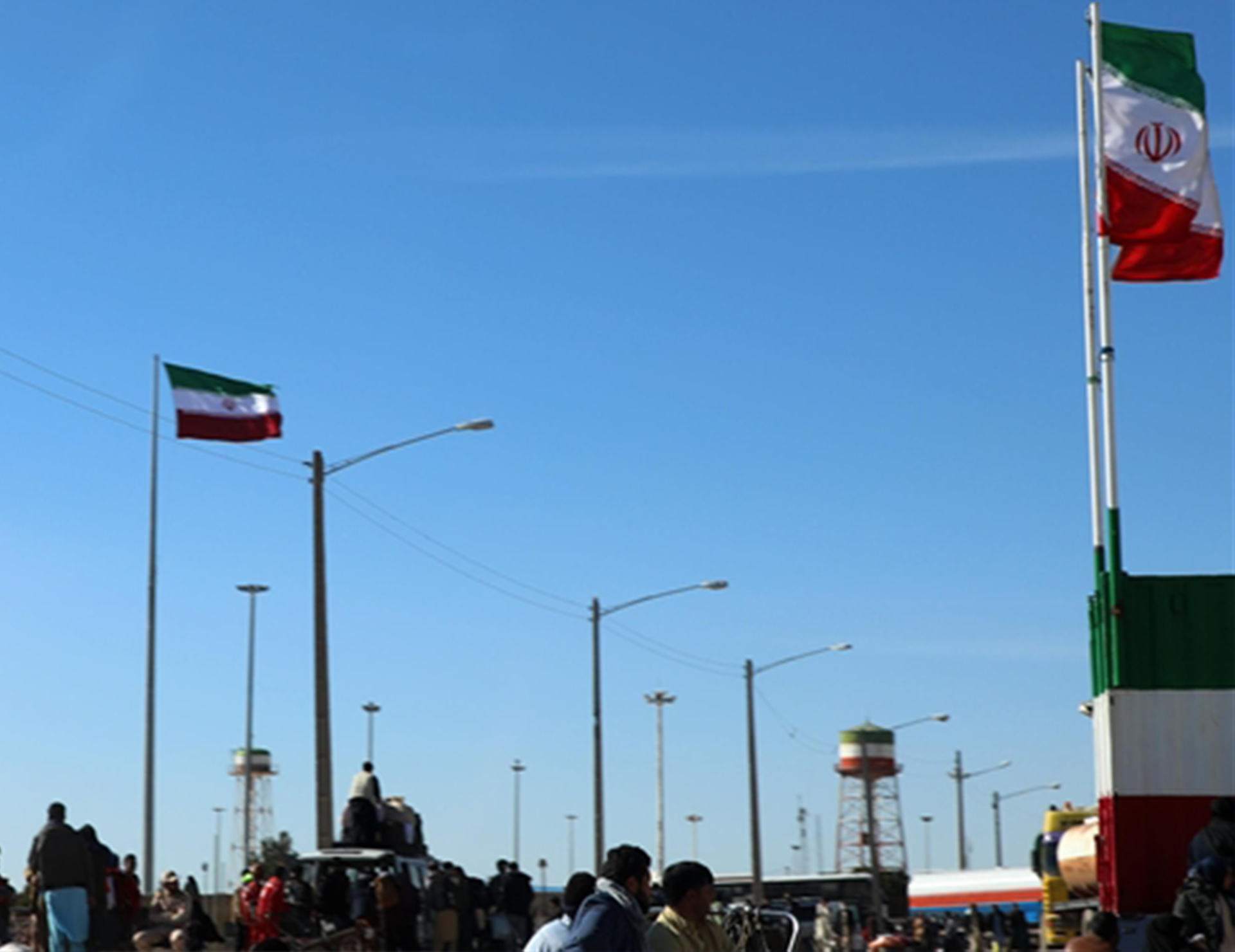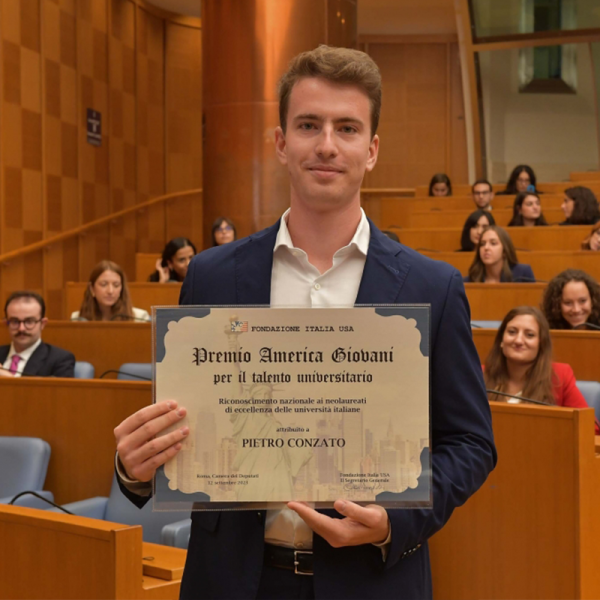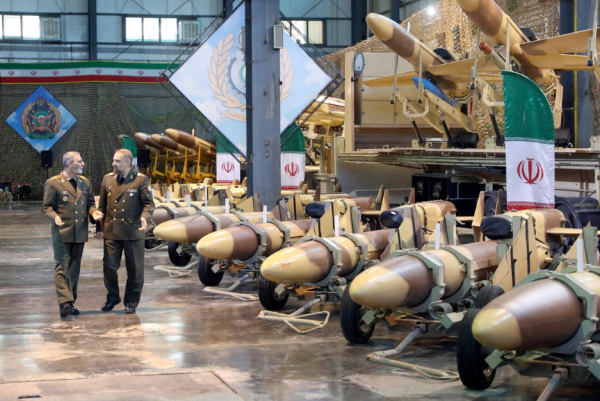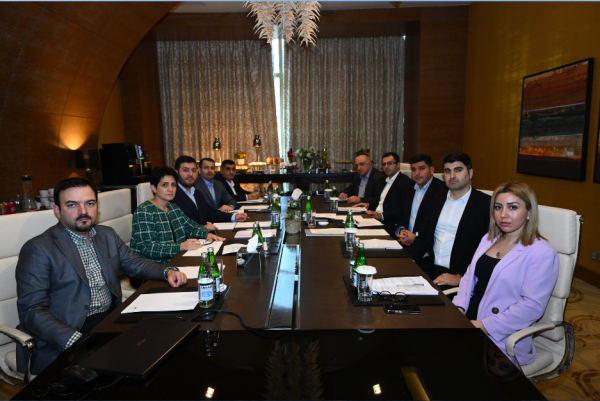Understanding connectivity in the South Caucasus: The Persian Gulf-Black Sea Corridor and its problematics

Eight years ago, in 2016, Iran proposed a new and quite ambitious infrastructural plan with the aim of connecting Middle Eastern markets to Europe via Georgia. This project, better known as the “Persian Gulf-Black Sea Corridor”, was perceived at the time as a true game changer for both Iran and Southern Caucasus/Eastern Europe. If it ever comes into fruition, the initiative will be able to connect several regional and international actors, specifically Iran, Armenia, Azerbaijan, Georgia, Bulgaria, Greece, and, as we will further see in this article, India. Starting from the southern part of Iran, this multimodal corridor is supposed to cross the entire country from Bandar Abbas seaport to the northern borders with Azerbaijan or Armenia, reaching the Georgian Black Sea coasts via highway or railroad. Subsequently, a system of Ro-Ro ships will connect Poti and Batumi with two other Bulgarian seaports to eventually connect with Greece. Even though this ambitious project has not reached any concrete result yet, in the last eight years there have been at least seven important stages of expert talks hosted by almost all the countries involved in the Persian Gulf-Black Sea initiative. The meetings took place twice in Tehran (2016, 2019), then in Sofia (2017, 2022), Tbilisi (2018) and, more recently, in Yerevan (2021, 2023). Needless to say, Azerbaijan didn’t take part in the last two consultations due to the ongoing tensions related to the Karabakh conflict, which turned out to be in Baku’s favor after the so-called 44-day war in 2020. The last trilateral meeting between India, Armenia, and Iran, was particularly interesting for at least two reasons. According to Vali Kaleji, a Tehran-based analyst specializing in South Caucasus and Central Asia, the growing cooperation between these three regional actors can be interpreted as both an Iranian attempt to influence the political arena in the South Caucasus and a way of soft balancing against Pakistan, Azerbaijan, and Türkiye on an international level. Moreover, even though both Armenia and Azerbaijan are somewhat involved in the International North South Transport Corridor and the Persian Gulf-Black Sea Corridor, the long-lasting tensions over Karabakh made Armenia more active in the PGBSC, and Azerbaijan in the INSTC.
In the first draft of the project, Iran seemed to be quite confident about the possibility of including all three South Caucasus Republics in the initiative, but, following the most recent meetings between Armenia and India, it’s more than possible that Azerbaijan will be deliberately left out for both political and technical-economic reasons. On the other hand, the Iranian government made it clear that it doesn’t want to miss the opportunity to pursue this project for several reasons. First of all, the realization of the Persian Gulf-Black Sea Corridor will boost Iran’s connectivity with four different maritime basins (Persian Gulf/Oman Sea, Caspian Sea, Black Sea, and Mediterranean Sea) improving commercial ties with Azerbaijan, Armenia, Georgia, Bulgaria, Greece, and India. Secondly, the Islamic Republic hopes to get the highest benefit from the interconnection of three different multimodal projects that are supposed to pass through the Iranian territory: the International North-South Transport Corridor (INSTC), the aforementioned Persian Gulf-Black Sea Corridor (PGBSC) and, last but not least, the China-led Belt and Road Initiative that could rewrite the importance of Central Asia on the international level. The combination of these three infrastructural projects will most surely create a strong link between Iran and four other regional groupings, namely the Oman Sea (South), Pakistan and Afghanistan (East), Central Asia (North-East), and the South Caucasus (North-West). As a third motivation, it seems pretty clear that Tehran is trying to find an alternative route to the Turkish “Middle Corridor” promoted by Ankara to reach European markets bypassing the Anatolian Peninsula.
Besides Iran, other relevant players in the Persian Gulf-Black Sea Corridor project are India and Armenia. To understand the complexities behind this initiative we have to look closely at the relations between some of these regional actors. India has been the last country to join the discussions. On March 3, 2023, an Armenian delegation guided by Foreign Minister Ararat Mirzoyan suggested the possibility for India to be a part of the initiative to build a multimodal corridor that could potentially link Mumbai to the European markets without passing through the Suez Canal. Armenia’s main purpose in this regard was to use India’s political and economic support to exclude Azerbaijan from any participation in the project. And it seems to be more than a possibility since both countries share a rather cold relationship with Türkiye and Pakistan, two of Azerbaijan’s closest allies. On one side, Türkiye has always backed (politically and economically) the Azerbaijani government during the Karabakh wars, on the other, Azerbaijan is taking Pakistan’s side in the Kashmir Issue and showed a real interest in buying the JF-17 Thunder Block III fighter jets designed jointly by China’s Chengdu Aircraft Corporation (CAC) and Pakistan Aeronautical Complex (PAC). Moreover, in the broader context of the Karabakh War, Iran always had a closer relationship with Armenia than with Azerbaijan, a fact that may arouse some amazement considering Iran and Azerbaijan’s closeness in terms of religious belief, history, and culture.
It is worth noticing that India is also financing another crucial project, the Chabahar seaport in southern Iran, not only to enhance its connections with Russia within the INSTC, but mainly to enter in direct competition with the Chinese-led Gwadar Port in the Arabian Sea. The first announcement in this regard was made in 2003, a year after China and Pakistan signed a preliminary deal on the Gwadar port which was supposed to cost, at the time, around 248 million dollars. According to the plan, China was expected to pay 198 million USD, while Islamabad had to cover the remaining 50 million. Some years later, in 2015, the Gwadar Port was included as a crucial part of the China-Pakistan Economic Corridor (CPEC), but, according to the latest news, the project is currently experiencing a slowdown due to economic and security reasons. In 2022 it was reported that only three CPEC projects with an overall value of 314 million dollars were completed. As for the Chabahar Port, things became particularly propitious in 2016 when a groundbreaking MoU for the construction of a trilateral transport corridor was signed by India, Iran, and Afghanistan. At the time, Indian Prime Minister Narendra Modi talked about the possibility of investing some 500 million USD in the project. As of today, it seems that India and Iran have finally reached an agreement after many years of uncertainty related to Iran’s international position: the deal will be valid for the next ten years and will be automatically extended.
India’s mild interest in the Persian Gulf-Black Sea Corridor began in early 2022 when, after Russia’s invasion of Ukraine, the transit of any kind of goods through Russia into the EU became too risky and too expensive. So it was imperative for India to establish a second transit route that could bypass both Russia and the Suez Canal. From this point of view, the Black Sea Corridor seems to be an ideal solution, particularly for India, Armenia, and Iran. On the other hand, if we consider the technical and economic difficulties associated with the construction of the Black Sea Corridor, the dynamics become more uncertain. While Georgia is well connected with both Armenia and Azerbaijan, there is a complete absence of railroads between Iran and Armenia. The only solution would be to pay some 3.5 billion dollars to build the necessary infrastructures - an amount of money that neither Iran nor Armenia are able to pay. On top of that, even if a new investor happened to be found, Armenia ceded the legal rights over its railway system to “Russian Railways” in 2008 for the next 30 years. Moreover, considering that Georgia is trying to promote a pro-western foreign policy, it would be unwise to build a new strategic corridor with Iran. On the other side, even though Azerbaijan is better connected to Iran on its borders, there are still some 165 km of missing railways inside the Islamic Republic (from Rasht to Astara) that need to be built to fill the void with the Azerbaijani transport system.
But the obstacles go even further. Another serious issue in the realization of the Black Sea Corridor is the growing tension between Iran and Azerbaijan. The main reason seems to be Baku’s cooperative relations with Israel in terms of economic and military cooperation during the second Karabakh War in 2020. Moreover, some major events like the killing of the head of security at the Azerbaijani Embassy in Tehran and the mutual decision between Baku and Tel Aviv to expand their diplomatic relations for the ongoing future are severely impeding any prospects for dialogue between the two countries. According to Vali Kaleji, it could also be possible that Azerbaijan needs Israel’s support to counter Armenia’s influence in the region, while, at the same time, Tel Aviv is currently relying on Baku as an important oil supplier at least for the near future. Plus, given the friendly relations between Iran and Armenia (the Islamic Republic was one of the first countries to ever recognize Armenia’s independence soon after the fall of the USSR in 1991), Azerbaijan’s exclusion from the Black Sea Corridor seems to be a real possibility.
India’s involvement in the negotiations could be a real game changer for the Black Sea Corridor, but we still have to see if, alongside its expertise, India will also provide the amount of financial support asked by Armenia to complete the project. As for today, it seems that New Delhi is more interested in the realization of the International North-South Transport Corridor, regardless of Iran and Armenia’s insistence.







